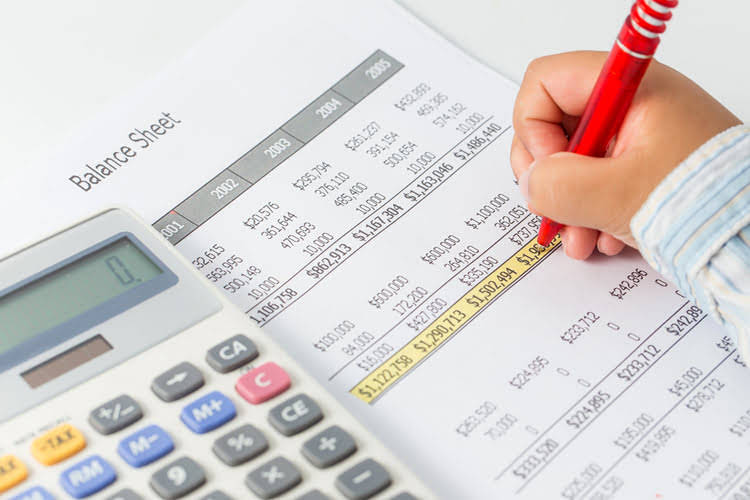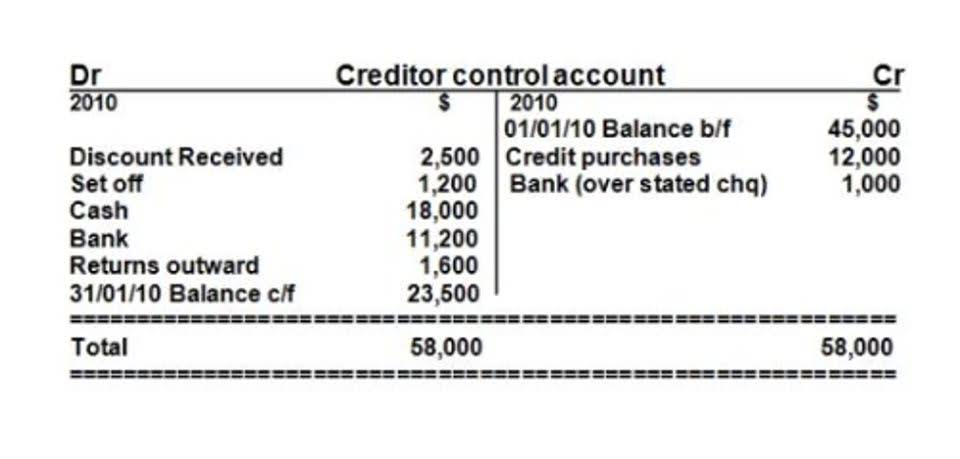Equity Formula Definition How to Calculate Total Equity?

For example, if a company purchases a piece of machinery for $100,000, it would increase the company’s Bookkeeping for Chiropractors total assets by $100,000. If the company’s total liabilities remain the same, the increase in assets would directly increase the company’s equity by $100,000. As assets increase, the value of the company increases, which increases the value of shareholders’ ownership stake in the company. This can lead to higher profitability and potentially higher dividends for shareholders.
What Is the Stockholders’ Equity Equation?

Every company has an equity position based on the difference between the value of its assets and its liabilities. A company’s share price is often considered to be a representation of a firm’s equity position. The value of $60.2 billion in shareholders’ equity represents the amount left for stockholders if Apple liquidated all of its assets and paid off all of its liabilities. The balance sheet is a financial statement that lists the assets, liabilities, and stockholders’ equity accounts of a business at a specific point in time. The equity Formula states that the total value of the company’s equity is equal to the sum of the total assets minus the total liabilities. Equity is ownership, or more specifically, the value of an ownership stake after subtracting for any liabilities (meaning debts).
Examples of Stockholders Equity Formula
If the above situation occurs, stockholders’ equity would be negative and it would be difficult for the company to raise more capital. Negative equity can also occur when there is not enough money realized from sales to cover the company’s debt obligations. Retained earnings grow in value as long as the company is not distributing them to shareholders and only investing them back into the business.

Why You Can Trust Finance Strategists
- The amount of equity one has in their residence represents how much of the home they own outright by subtracting from the mortgage debt owed.
- These additions or deductions are brought out by changes in realized profits, changes in unrealized profits, issuance of new shares, purchase of existing shares, and dividend declaration.
- It is calculated based on subtracting the liabilities from the total assets of a company.
- Preference shareholders have a fixed dividend, which must be paid before dividends are distributed to equity shareholders.
- If a business has more liabilities than assets or does not have enough stockholders’ equity to cover its debt, then it will need to turn to outside sources of capital.
- In this case, it’s just the value of all your assets (cash, equipment, etc.) minus all your liabilities .
In addition to choosing a ledger account name, appointing directors, and filing certain documents, incorporation also involves issuing shares. There is also such a thing as negative brand equity, which is when people will pay more for a generic or store-brand product than they will for a particular brand name. Negative brand equity is rare and can occur because of bad publicity, such as a product recall or a disaster.

What Is Stockholders’ Equity?
Conversely, if a company repays its debt, it may decrease its liabilities, which could increase its equity. High debt to equity means a company is financed with significant debt and may carry greater financial risk. Conversely, a low debt to equity ratio means the company uses a lot of equity to finance its business, and such a company’s financial structure would be much more stable. Equity is the net worth of a company or its ownership stake, which may or may not be available for trade over the stock exchanges. A stock is a tiny portion of the firm’s equity or ownership available for public trading. The ownership value of a sole proprietary firm is evaluated after deducting the overall liabilities from the company’s total assets.

How Shareholder Equity Works
Investing in equity ownership is riskier than investing in other financial instruments. Any loss encountered by the firm is directly reflected in the shareholders’ earnings. The stockholders’ equity is only applicable to corporations who sell shares on the stock market. For sole traders and partnerships, the corresponding concepts are the owner’s equity and partners’ equity. Current liabilities are debts typically due for repayment within one year, including accounts payable and taxes payable. Long-term liabilities are obligations that are due for repayment in periods longer than one year, such as bonds payable, leases, and pension obligations.
To manage equity dilution, it is important to carefully plan and structure equity issuances, consider alternative financing options, and ensure that the equity formula benefits of equity dilution outweigh the drawbacks. Equity shares, also known as common shares, are the most common form of ownership in a company. Shareholders of equity shares have voting rights and are entitled to dividends. However, dividends are not guaranteed, and the amount can fluctuate based on the company’s profits. If the company is liquidated, equity shareholders are paid last after creditors and preference shareholders.
- Any business owner who is serious about growing their business needs to understand equity.
- If this figure is negative, its liabilities exceed its assets; this can deter investors who view such companies as risky.
- It is in the business of manufacturing customized roller skates for both professional and amateur skaters.
- For a homeowner, equity would be the value of the home less any outstanding mortgage debt or liens.
- However, dividends are not guaranteed, and the amount can fluctuate based on the company’s profits.
Great! The Financial Professional Will Get Back To You Soon.

When the balance sheet is not available, the shareholder’s equity can be calculated by summarizing the total amount of all assets and subtracting the total amount of all liabilities. Company or shareholders’ equity often provides analysts and investors with a general idea of the company’s financial health and well-being. If it reads positive, the company has enough assets to cover its liabilities. As per the formula above, you’ll need to find the total assets and total liabilities to determine the value of a company’s equity. All the information required to compute company or shareholders’ equity is available on a company’s balance sheet. Private equity is often sold to funds and investors that specialize in direct investments in private companies or that engage in leveraged buyouts (LBOs) of public companies.
As per the company’s balance sheet for the financial year ended on March 31, 20XX, the company’s total assets and total liabilities stood at $3,000,000 and $2,200,000, respectively. Based on the information, determine the stockholder’s equity of the company. A balance sheet is a financial statement that provides a snapshot of a company’s financial position at a specific point in time. It presents a summary of the company’s assets, liabilities, and equity.